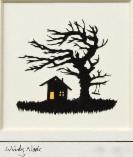Windy Nook

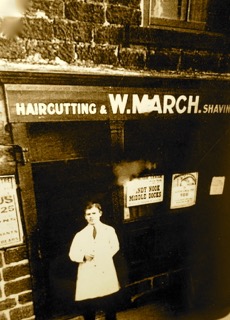
Billy the Barber
Quarrying
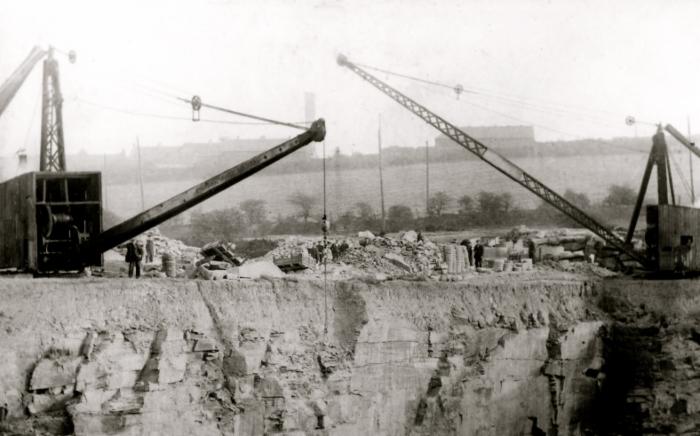
Windy Nook Quarry
Photographer: Unknown
Date: Date Unknown
iSee Gateshead Old Pictures Ref: GL000781
Item Description: Windy Nook Quarry is shown here in this
photograph, taken after 1904. The owners were R. Kell & Co.
Quarrying was an ancient occupation in this area and there were many
quarries in the vicinity.
Richard Kell was the second son of Ebenezer Kell of Felling Shore.
Born in 1749, Richard began quarrying at Heworth Shore in 1784. The
family continued the business of quarrying throughout the 19th century,
establishing quarries at High Heworth and Windy Nook, amongst others.
St. Alban’s Church, Windy Nook Board Schools, the Co-operative Society
and Windy Nook Fever Hospital are among the many buildings built with
stone from Kell’s Quarry at Windy Nook. The quarries became run down in
the first half of the 20th century and were eventually filled in during
the 1960s.
Advertisement


Photographer: Unknown
Date: Date Unknown
Reference Number: GL000772
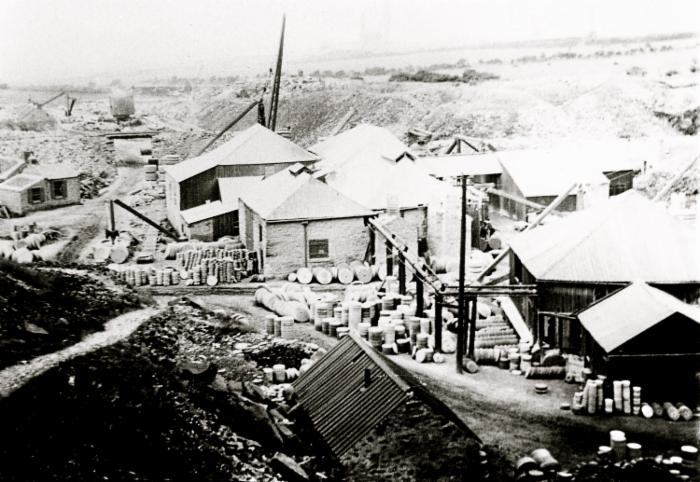
Photographer: Unknown
Date: Date Unknown
iSee Gateshead Old Pictures Ref: GL002398

Photographer: Unknown
Date: Date Unknown
iSee Gateshead Old Pictures : GL002397
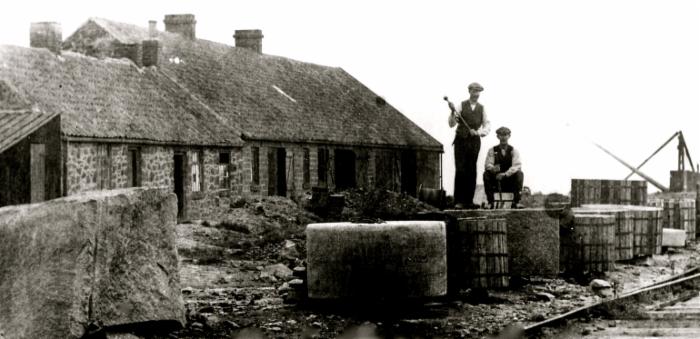
Photographer: Unknown
Date: Date Unknown
Reference Number: GL000778
Men fashioned the huge slabs of stone into blocks. Here we see the men of Windy Nook Quarry preparing the blocks for shipment. The bigger quarries had blacksmith’s shops and smiths to repair the men’s tools and manufacture the crates, chains and hooks for lifting.
The community of quarrymen and masons lived near the quarries in little stone cottages belonging to the owners. In Windy Nook, these were Drummond’s Row, Albion Street and Stone Street.
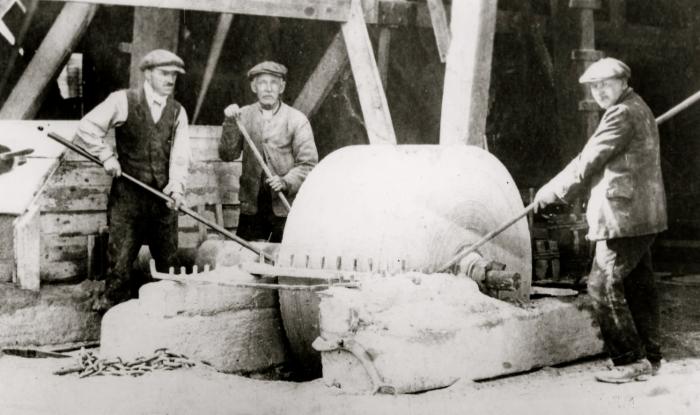
Turning a Pulpstone
Photographer: Unknown
Date: Date Unknown
Reference Number: GL002425

Grindstones at Windy Nook Quarry
Photographer: Unknown
Date: Date Unknown
Reference Number: GL002427

Employees at Windy Nook Quary
Photographer: Unknown
Date: Date Unknown
Reference Number: GL002393
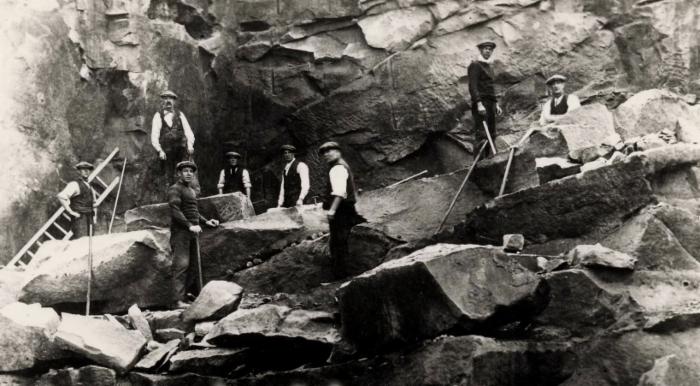
Quarrying blocks for pulpstones and grindstones
Photographer: Unknown
Date: Date Unknown
Reference Number: GL002400

Shaping stone blocks for pulpstones and grindstones
Photographer: Unknown
Date: Date Unknown
Reference Number: GL002394

Quarryman with grindstone
Photographer: Unknown
Date: Date Unknown
Reference Number: GL002396
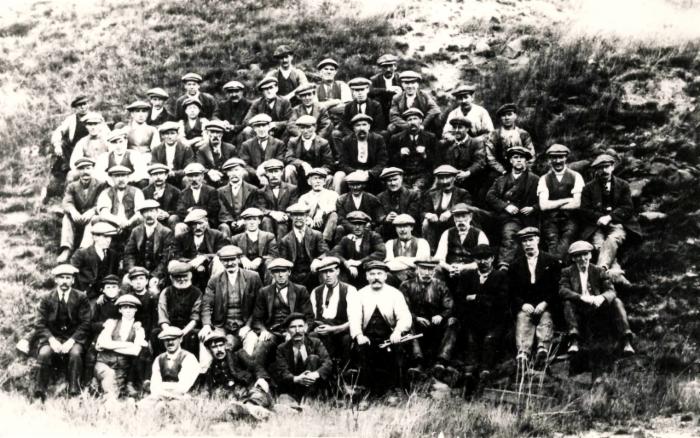
Employees at Windy Nook Quarry
iSee Gateshead Old Pictures Photographer: Unknown
Date: Date Unknown
Number: GL002395

Employees at Windy Nook Quary
Photographer: Unknown
Date: Date Unknown
Reference Number: GL002429
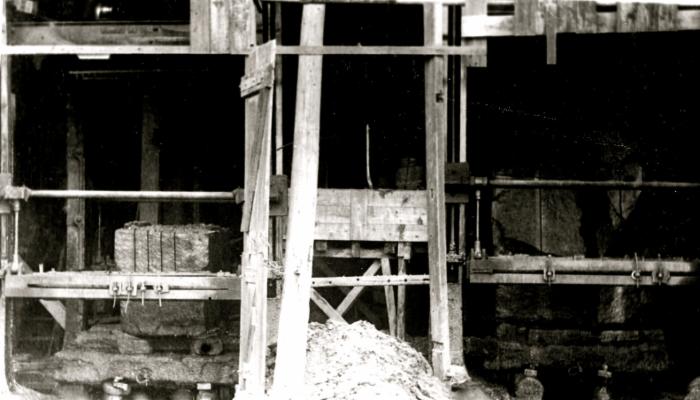
Sawing blocks of stone for grindstone, Windy Nook Quarry
Photographer: Unknown
Date: Date Unknown
Reference Number: GL002426
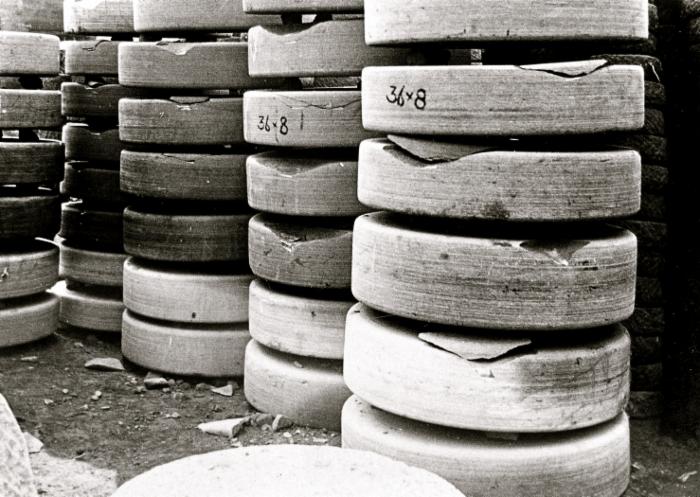
Grindstones at Windy Nook Quarry
Photographer: Unknown
Date: C1930
Reference Number: GL002428
" ln every corner of the earth you may find a Scot, a rat, and a Newcastle grindstone."
In 1776, 560 grindstones were exported to Holland from Newcastle; 467 to France; 139 to Germany; 12 to England; 155 to Prussia; QQ to Russia; 15 to Sweden, "c. They are chiefly won at Byker Hill, Whickham Banks, and Gateshead Fell.
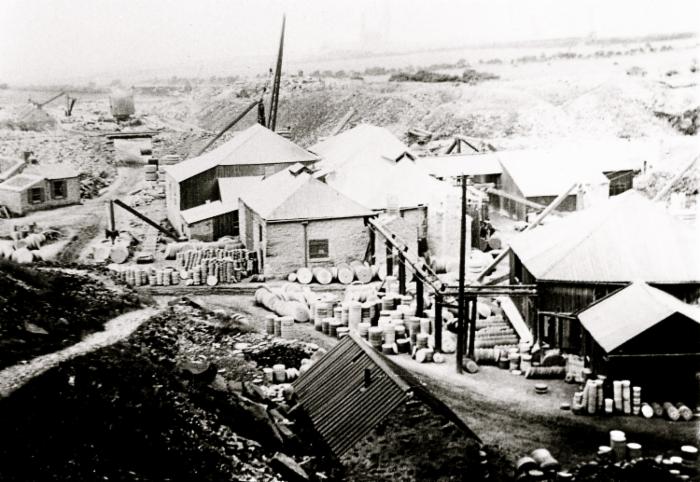
Windy Nook Quarry
Photographer: Unknown
Date: Date Unknown
Reference Number: GL002398
You can see grindstones everywhere. Whilst that was a major export to all parts of the World, building stone was produced and, for example, St Alban's Church at Windy Nook was built with it
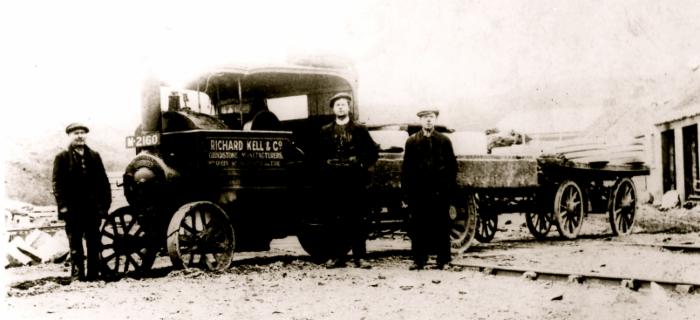
Steam truck, Windy Nook Quarry
Photographer: Unknown
Date: Date Unknown
Reference Number: GL002399
Windy Nook Quarries brought to you by
